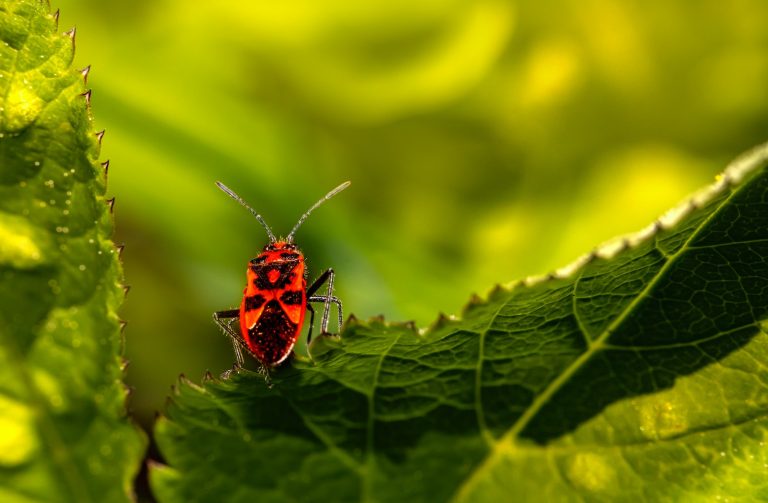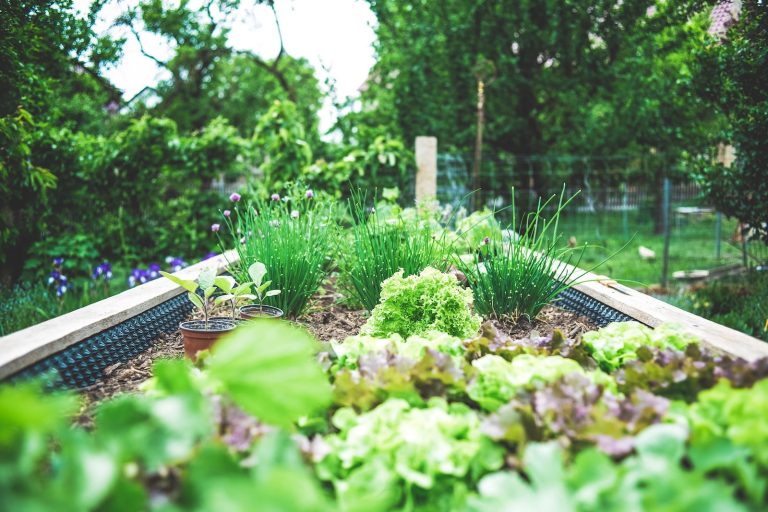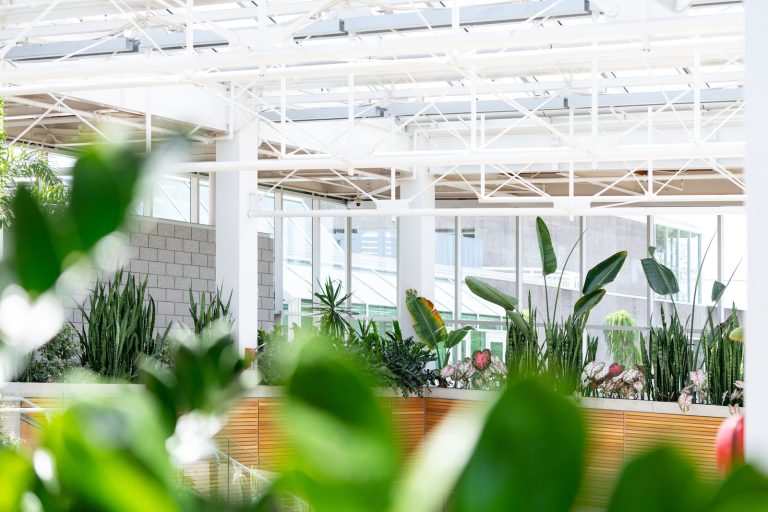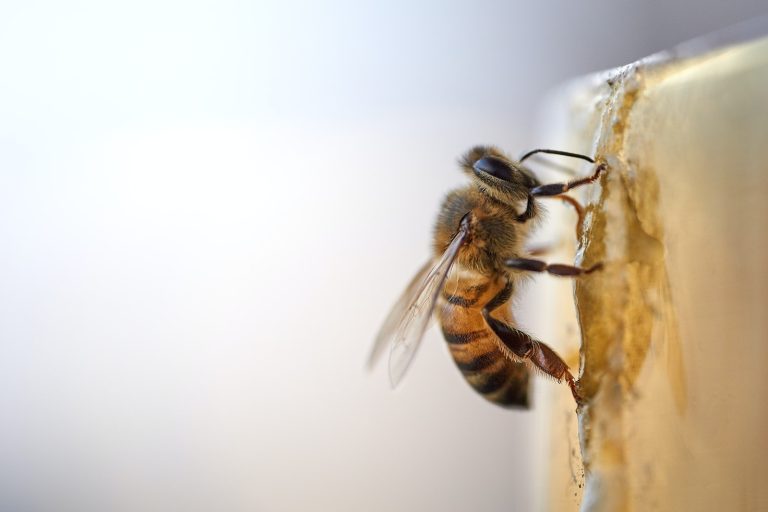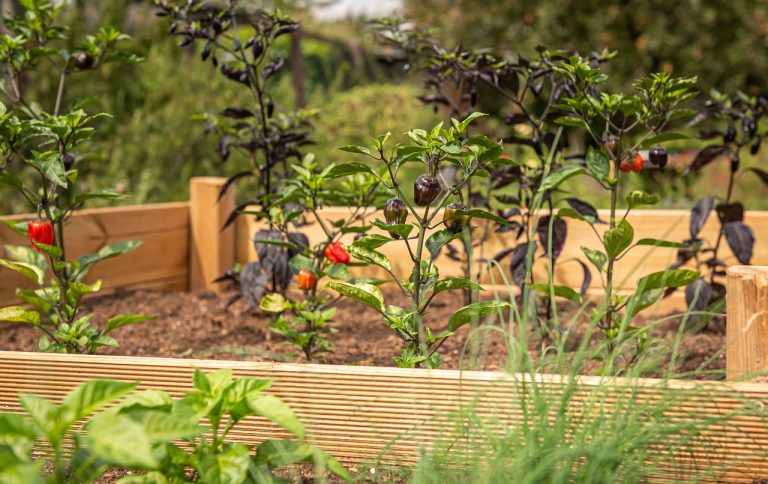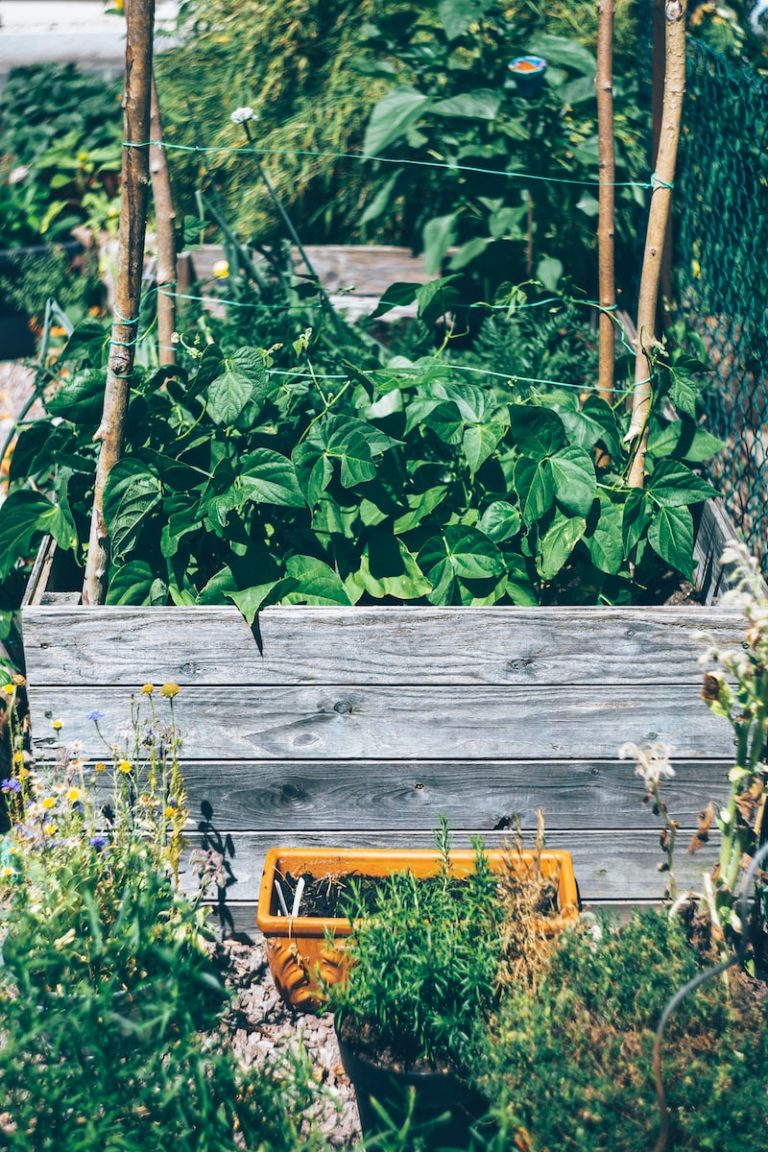How to Choose the Right Plants for Your Home Garden
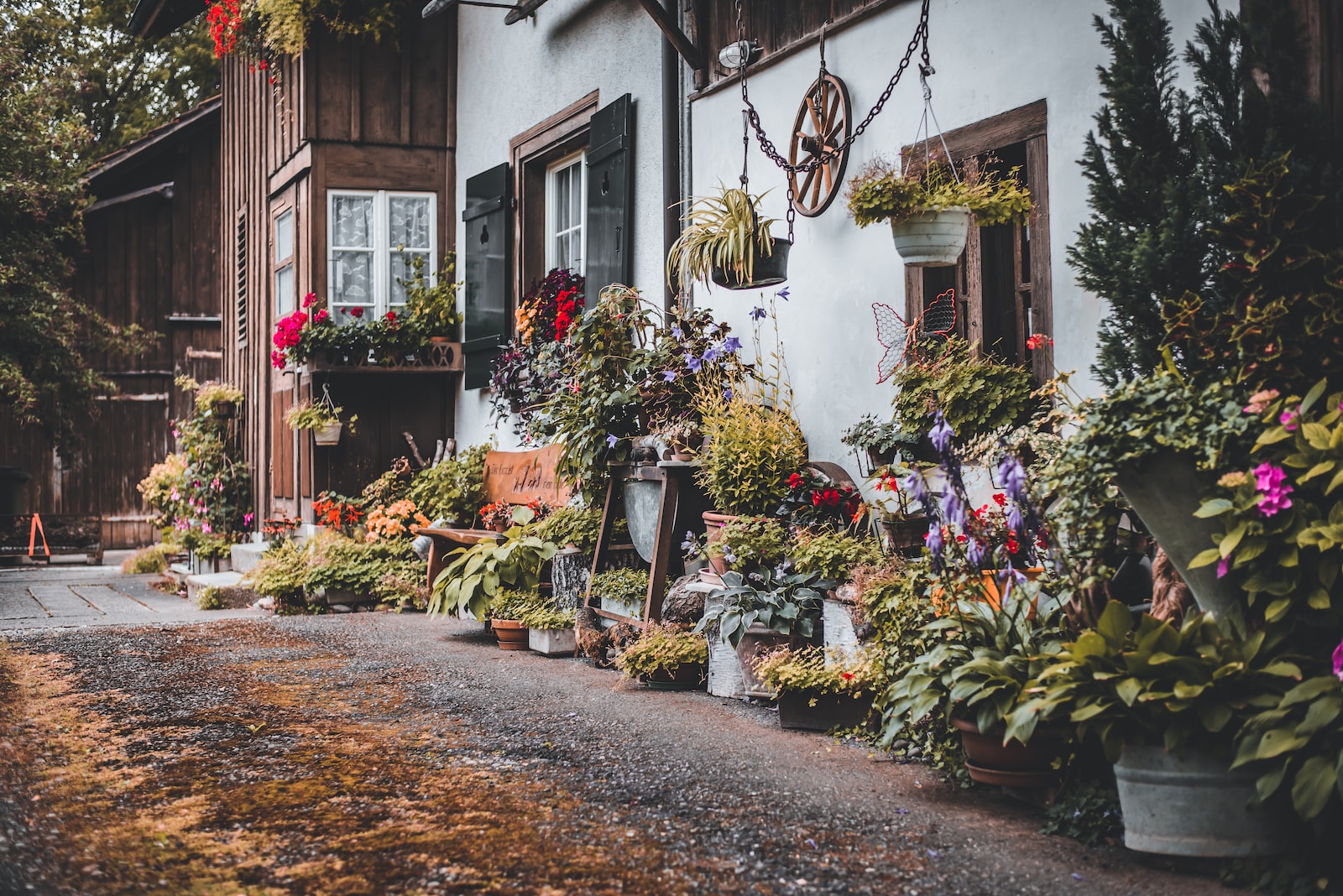
“Whether you have a green thumb or just starting out, creating a beautiful home garden can be an exciting and rewarding experience. But with so many plant options available, choosing the right ones for your space and needs can be overwhelming. Don’t fret! In this post, we’ll explore key factors to consider when selecting plants for your home garden, helping you transform your outdoor oasis into the envy of the neighborhood.”
Why Plant a Home Garden?
If you’re looking for a fun and rewarding gardening experience, planting a home garden is a great option! Not only will you get to enjoy the fruits (or vegetables) of your labor, but you’ll also be able to savor the satisfaction that comes with growing your own food.
There are many reasons why planting a home garden can be beneficial. For one, it can save you money on groceries. Homegrown produce is often fresher and tastier than store-bought options, and it can be cheaper to grow your own food than to buy it at the supermarket. Additionally, gardening can be a great way to get some exercise and enjoy the outdoors. And if you have kids, they’ll love helping out with the garden and watching their plants grow!
Whether you’re a experienced gardener or a complete novice, starting a home garden is easy. All you need is some space – even a small balcony or patio will do – and a few basic supplies. Once you’ve got those things, you can start planning your garden and choosing the right plants for your space.
Not sure where to start? Check out our article on how to choose the right plants for your home garden. We’ll walk you through everything from picking the right location for your garden to selecting plants that will thrive in your particular climate.
What to Consider When Selecting Plants
When you are planning your home garden, there are several things that you will need to take into consideration in order to choose the right plants. Below is a list of some of the most important factors:
- The climate in your area: This is probably the most important factor to consider when choosing plants for your garden. Make sure to choose plants that are well-suited to the climate in your area, as they will be more likely to thrive and produce healthy fruit or flowers.
- The amount of sunlight: Another important factor to consider is how much sunlight your garden gets. Some plants need full sun, while others prefer partial shade. Make sure to choose plants that will get the right amount of sunlight for their needs.
- The type of soil: The type of soil in your garden can also influence which plants will do well. Some plants prefer sandy soils, while others like clay or loamy soils. Knowing the type of soil you have will help you choose plants that will be able to thrive in your specific environment.
- Your personal preferences: Finally, it is also important to consider your own personal preferences when choosing plants for your garden. Think about what kinds of fruit or vegetables you like to eat, and choose plants that will produce these items. You may also want to consider the flower colors that you prefer, or whether you want easy-to-care-for foliage plants or something a little more unique.
Different Types of Gardens
Different types of gardens can provide different levels of enjoyment. If you are the type of person who likes to sit back and relax while enjoying nature, you might want to choose a Zen garden. These gardens typically have relaxing features such as waterfalls, ponds, and stone walkways. The plants in these gardens are usually low-maintenance and can tolerate drought conditions.
If you have children or pets, you might want to consider a more active garden. These gardens can include features such as playgrounds, sandboxes, and trampolines. The plants in these gardens need to be able to withstand high traffic and potential damage from playing children and pets.
If you are an avid gardener, you might want to choose a more traditional garden. These gardens can include raised beds, greenhouses, and trellises. The plants in these gardens need to be able to tolerate regular pruning and maintenance.
Tips for Choosing the Right Plants for Your Location
There are a few things to consider when picking plants for your home garden. Here are a few tips to help you choose the right plants for your location:
- Consider the climate. You’ll need to know what kind of climate you have in order to pick plants that will thrive there. If you’re not sure, ask a local nursery or gardening center for help.
- Think about the amount of sun and shade your garden gets. This will help you narrow down which plants will do well in your space.
- Consider the soil type in your garden. Some plants prefer certain types of soil, so it’s important to know what kind of soil you have before choosing your plants.
- Don’t forget about water needs! Different plants require different amounts of water, so be sure to pick plants that will do well with the amount of water available in your location.
- Take maintenance into consideration. Some plants require more care than others, so be sure to pick plants that you’re willing and able to care for properly.
Dealing with Common Pests and Diseases
Pests and diseases are a common occurrence in home gardens, but there are ways to deal with them effectively. Here are some tips:
- Inspect your plants regularly for signs of pests or diseases. Treat affected plants immediately.
- Keep your garden clean and free of debris. This will help discourage pests and reduce the risk of disease.
- Mulch your garden to help prevent weeds, which can harbour pests and diseases.
- Choose pest and disease-resistant varieties of plants for your garden.
If you follow these guidelines, you should be able to keep pests and diseases under control in your home garden.
Caring for Your Plants
One of the most important aspects of having a successful home garden is choosing plants that are well-suited to your climate and soil type. But even if you do your research and pick the perfect plants, they won’t thrive unless you give them the proper care. Here are some tips for keeping your plants healthy:
- Watering: How often to water your plants will depend on many factors, including the type of plant, the temperature, the humidity, and the amount of sunlight it receives. Generally speaking, most plants need to be watered at least once a week. However, during hot weather or periods of drought, you may need to water more frequently. One easy way to tell if your plants need water is to simply stick your finger in the soil – if it feels dry several inches below the surface, it’s time to water.
- Fertilizing: Fertilizing your plants helps them to grow strong and healthy. The type of fertilizer you use will depend on the type of plant and the time of year. For example, flowering plants typically need more fertilizer than green, leafy plants. You can purchase fertilizer at any garden center or home improvement store. Be sure to follow the directions on the package carefully so that you don’t over- or under-fertilize your plants.
- Pruning: Pruning helps to encourage new growth and keeps your plants looking tidy. How often you prune will depend on the type of plant, but generally speaking you should prune your plants at least once a year. Always use sharp, clean tools when pruning and make sure to never cut more than 1/3 of the total growth of any one plant.
- Weeding: Keep an eye out for weeds in your garden – they can quickly overtake your plants if left unchecked! Pull out any weeds you spot by hand and dispose of them immediately so that they don’t spread their seeds elsewhere.
By following these tips, you can be sure that your plants stay healthy and continue to thrive all season long!
Final Thoughts
If you’re looking to add some plants to your home garden, you’ll want to make sure you choose the right ones. There are a few things to consider when making your selections, including the amount of sunlight and space you have available, as well as what kind of maintenance you’re willing to do.
Once you’ve taken these factors into account, you can start narrowing down your choices. If you’re not sure where to start, ask a local nursery or gardening center for recommendations. With a little research and planning, you’ll be on your way to creating a beautiful and thriving home garden.

Emma is a talented writer and enthusiastic gardener who shares her passion for plants and gardening on HomeGardenBlog.com. With years of experience in home gardening, Emma has become an expert in everything from planting and harvesting to pest control and soil management.

